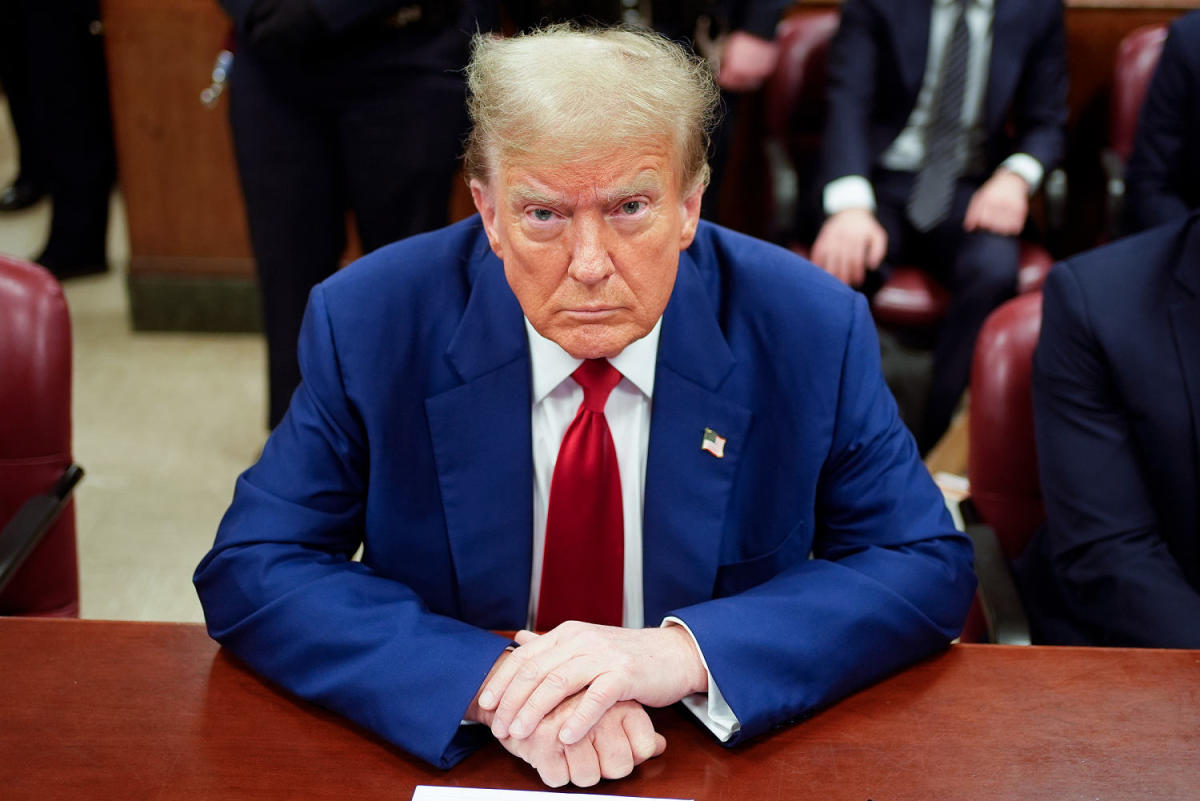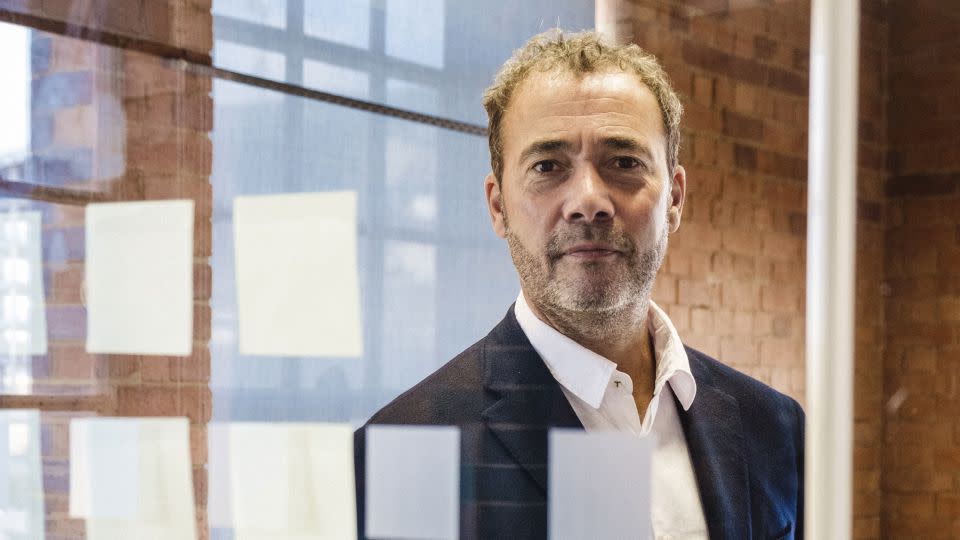Robert Kiyosaki, author of “Rich Dad Poor Dad” and a prominent investment strategist, recently disclosed he is $1.2 billion in debt, a revelation that sparked widespread discussion and analysis.
In the YouTube video “Robert Kiyosaki’s $1.2B Debt Explained By His Tax Advisor Tom Wheelwright,” Wheelwright delves into the nuanced understanding of debt that Kiyosaki employs, challenging misconceptions and showcasing the strategic advantage of leveraging debt in investment.
“If I go under, the bank goes under. It’s the bank’s problem, not my problem,” Kiyosaki said.
This statement encapsulates his stance on using debt not as a burden but as a strategic component of his investment portfolio, which is primarily focused on acquiring assets rather than liabilities. Wheelwright expands on this, explaining the distinction between good and bad debt and emphasizing how effectively managed debt can serve as a powerful tool for wealth accumulation.
Don’t Miss:
One of the most compelling aspects of Wheelwright’s explanation is the concept of leveraging debt to amplify investment returns. He provides a simple yet profound illustration: “If 2 plus 2 equals 4 when using your own money, with debt, 2 plus 2 can equal 8 or even 16 when combined with tax strategies.” This exemplifies the potential exponential growth that can be achieved through savvy debt management and tax planning.
Wheelwright also discusses the critical difference between recourse and nonrecourse debt. In Kiyosaki’s case, engaging in large-scale investments with nonrecourse debt means that “the only thing [the bank] can come after is the property that the debt relates to.” This type of debt minimizes personal risk and underscores Kiyosaki’s claim that in the event of a financial downturn, the responsibility largely falls on the bank, not the borrower.
The video explores how taxes play a pivotal role in the strategic use of debt. Depreciation, a tax deduction available for real estate investments, can significantly enhance returns by reducing taxable income.
“Not only do we pay no tax on this $4,000 [return], but we don’t pay tax on our other income as well,” Wheelwright said, highlighting how intelligent debt and tax strategies can work hand in hand to maximize wealth.
Wheelwright’s detailed breakdown of Kiyosaki’s debt philosophy offers a compelling argument for reevaluating the role of debt in investment strategies. By leveraging debt intelligently and understanding its interplay with tax regulations, Kiyosaki exemplifies how perceived financial liabilities can be transformed into powerful assets.
This approach, while requiring a deep understanding of financial principles and risk management, presents a paradigm shift in wealth-building strategies, challenging traditional views and encouraging investors to think more critically about the potential of debt as a tool for financial growth.
Read Next:
Image source: Screenshot from Rich Dad Radio Show on YouTube
“ACTIVE INVESTORS’ SECRET WEAPON” Supercharge Your Stock Market Game with the #1 “news & everything else” trading tool: Benzinga Pro – Click here to start Your 14-Day Trial Now!
Get the latest stock analysis from Benzinga?
This article Robert Kiyosaki’s Tax Adviser Explains Why ‘Rich Dad Poor Dad’ Author Is $1.2 Billion In Debt originally appeared on Benzinga.com
© 2024 Benzinga.com. Benzinga does not provide investment advice. All rights reserved.
Signup bonus from





